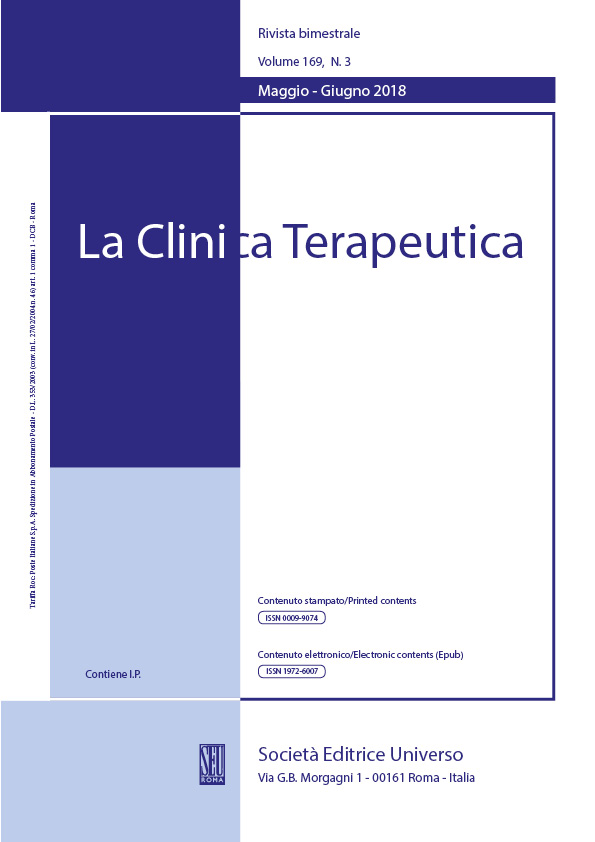Abstract
Objectives
Aim of the present study was twofold. First, to evaluate in vitro, the performance of two different NiTi rotary instruments in one molar case; then, to evaluate their resistance to cyclic fatigue, compared to new ones.
Materials and Methods
25 ProTaper Next (PTN) nickel-titanium (NiTi) instruments (Maillefer-Dentsply, Baillagues, CH) for each of the following two sizes: X1 (17.04 ) and X2 (25.06) were randomly divided into two groups. The first group (n = 10) immediately underwent to a cyclic fatigue test. The second group (n = 15) was initially used to prepare 15 extracted molar teeth and then subjected to a cyclic fatigue test. Same was done for 25 Horizen (HZ) instruments (Kerr Endodontics, Orange, Ca) for each of the following two sizes: 20.04 and 25.06. Instruments were rotated in curved artificial canal until fracture occurred and times to fracture were recorded. All data were collected and statistically analyzed using a variance test (confidence interval CI = 95%).
Results
HZ reached working length more rapidly than PTN, and with less deformations. For the fatigue tests, all the new instruments were significantly more resistant than the used ones. The HZ instruments were significantly more resistant in all sizes than PTN, both when new and used instruments were tested.
Conclusions
Since in previous studies ProTaper Next demonstrated a better resistance to cyclic fatigue than most of nickel-titanium instruments, Horizen’s performance put them in a high rank amongst the most resistant nickel-titanium rotary instruments
